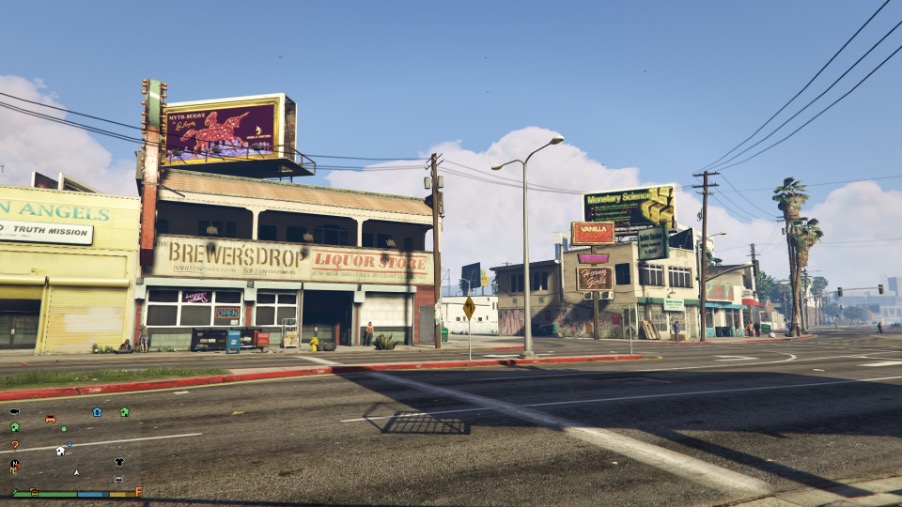In-game advertising (IGA) is a rapidly growing advertising channel, currently reaching over 1.75 billion people worldwide.
In 2022, mobile was the highest-grossing gaming device, outstripping console games and pc games by a significant margin.
Did you know?
- On average, 8 hrs 45 minutes per week is spent gaming
- The in-game advertising market is expected to grow at a 16% CAGR until 2025
- 45% of gaming revenue worldwide comes specifically from mobile gaming.
80% of players are 18+ years old, meaning they are potential prime consumers
— True List
Gamers are open to advertising
Advertising within games is surprisingly popular; while traditional advertising can be intrusive (and annoying when done incorrectly), many gamers have a favourable opinion of in-game advertising.
- 51% of gamers welcome brand advertising
- 42% of gamers say it is important to see their favourite brands in games
- Half of 25–44-year-old gamers believe advertising enhances their gaming experience
- 35% of gamers say that ads do not bother them.
One reason for this is that advertising within games is well-integrated and does not disrupt the gameplay experience.
Rather than being a static banner ad or pop-up, in-game advertising is integrated seamlessly into the game environment, be it in the background, or even in a virtual DOOH (digital out-of-home) billboard in a free-roaming role-playing game like grand theft auto.
Best practice for in-game advertising creative
Above all else, it is important to adapt your creative to the in-game environment. you cannot use existing assets and hope they will work in an in-game environment too, as they more than likely won’t.
Some of our top tips include:
- Highlight your logo – In-game advertising is non-clickable, so you’ll want to highlight your logo to increase brand awareness.
- Avoid ‘busy’ design – By busy design, we mean design that has too many features and elements in one space. you want your message to be easily taken in and understood by the user.
- Limit text – An in-game environment is a visual one, so players aren’t going to stop to read text on a virtual billboard.
- Use distinctive imagery – Use impactful imagery instead of text. It is much more likely to both stand out and resonate with gamers while they’re playing a game.
- Keep videos short (4-6 secs) – Long videos are more likely to not be viewed in their entirety, while a short video can be played on repeat in a loop as long as the player has it on-screen.
- Use video without sound – Most placements won’t have sound, so it’s best to use an engaging video format that can stand on its own without the need for sound.
- Avoid interactive CTA – You don’t want to have an interactive CTA when the user can’t interact with your ad. instead, use a CTA that the player can act on later, or use in-game advertising for top-level awareness (where it excels).
Measuring success for in-game ads
As the in-game environment is mostly non-clickable, clicks or a CPC (cost per click) metric should not be your measure of success.
Instead, as this is primarily an awareness product, CPM (cost per thousand impressions) should be looked at and compared to other advertising channels.
If in-game advertising is your only advertising method, you can use the blackout method to determine campaign effectiveness. With the blackout method, you’re running your campaign for a time, then pausing it, then running it again, then pausing it.
The goal here is to compare the sales/traffic performance while the campaign is running vs while it is paused, and seeing if there is a lift during the times the campaign is running.
If you would like to know more about in-game advertising, get in touch with our team here.










